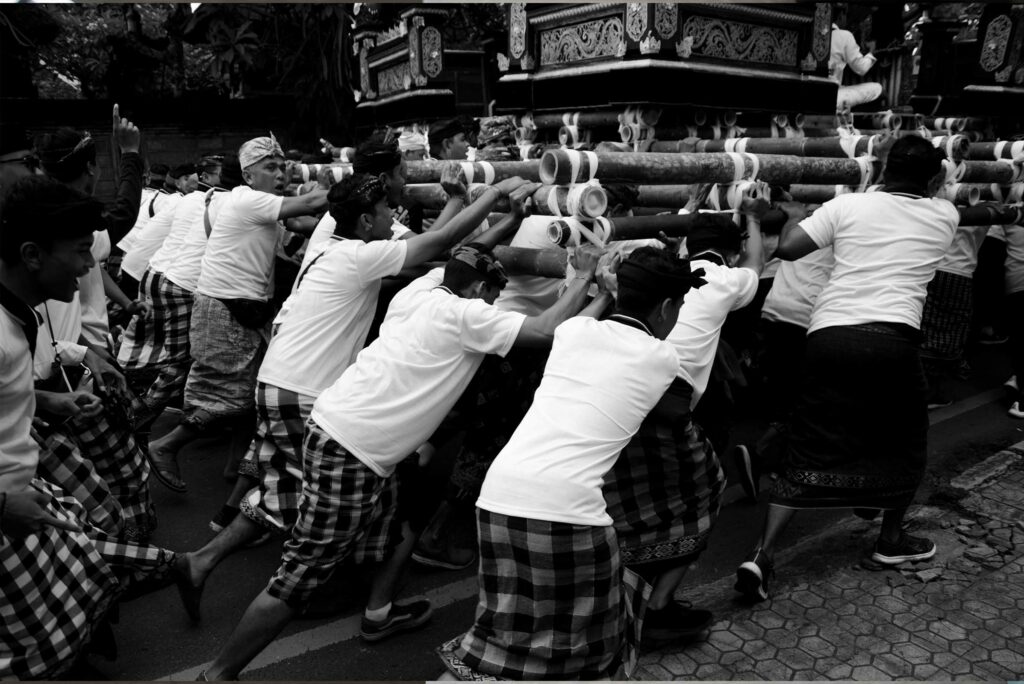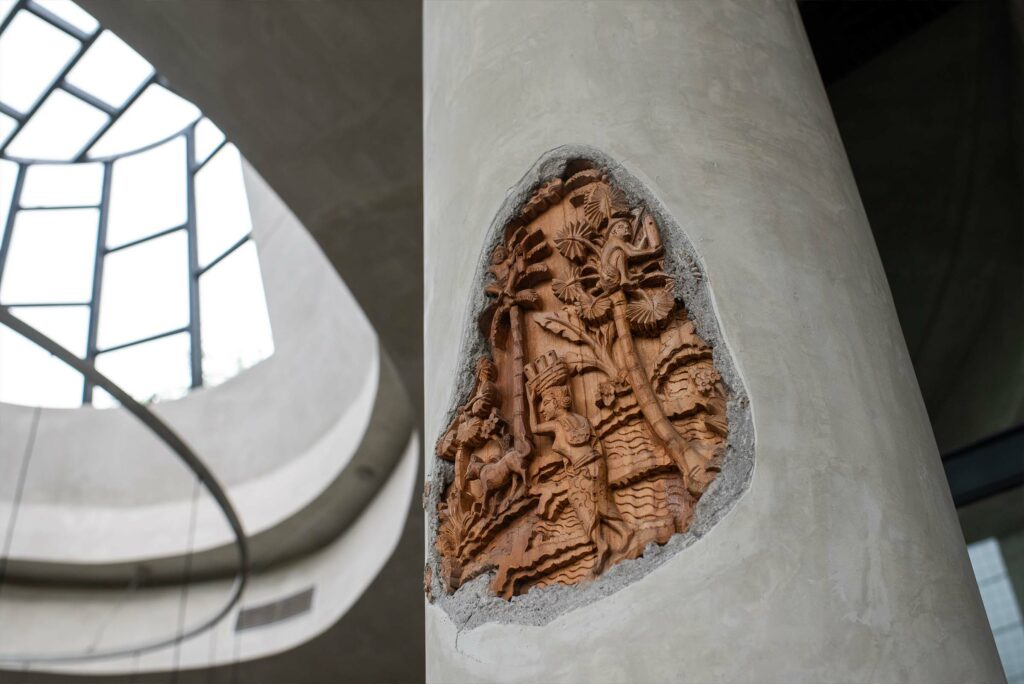
THE PUNCH RESOURCES
Bali's Timeless Tapestry: Unveiling the Richness of Cultural Heritage
Bali, also known as the ‘Island of the Gods,’ is famous for its beautiful beaches, lively nightlife, and rich cultural heritage. Bali’s cultural legacy is a testament to its enduring charm and allure, rich in tradition and spirituality. From vibrant festivals to intricate temple architecture, every aspect of Bali’s culture reflects a deep connection to its history and mythology, captivating visitors with its mystique and beauty.
At the core of Balinese culture lies a profound respect for spirituality and tradition, evident in the sacred rituals passed down through generations.
Honoring Ancient Traditions and Rituals in Today’s World
Ancient Traditions and Ritual
Bali’s cultural heritage is deeply enriched by ancient customs and ceremonies, each contributing to the vibrant tapestry of Balinese life. At the core of Balinese culture lies a profound respect for spirituality and tradition, evident in the sacred rituals passed down through generations.
Central to Balinese daily life are rituals and offerings known as canang sari. These intricate arrangements of flowers, rice, and incense are crafted with care as offerings to the gods, symbolizing gratitude and devotion. Every morning, families gather to create these offerings, honoring the divine and fostering mindfulness and gratitude in daily life.
In addition to daily offerings, Bali hosts numerous elaborate ceremonies and festivals throughout the year. Among the most significant is the Galungan festival, celebrating the triumph of good over evil. Lasting ten days, Galungan brings families together for prayer, feasting, and traditional rituals like the penjor, where bamboo poles symbolizing prosperity are erected.
Another notable festival is Nyepi, the Balinese Day of Silence, marking the start of the Saka New Year. On this day, the entire island observes silence, meditation, and self-reflection. Streets empty, businesses close, and even the airport halts operations as Bali embraces tranquility and introspection.
These rituals and festivals are more than religious practices; they are integral to Balinese identity and community. They strengthen generational bonds, unite communities, and foster a deep connection to the land and its spiritual legacy. Through these timeless traditions, Bali’s cultural heritage thrives, a testament to the enduring spirit of its people.
Traditional Arts & Crafts
Bali’s culture is deeply connected to its long-standing tradition of arts and crafts, which have thrived for centuries. These include various forms of expression like dance, painting, and sculpture, offering insights into the island’s diverse cultural heritage.
One of them is Balinese dance. Balinese dance is a standout feature of the island’s artistic legacy. Known for its graceful movements, elaborate costumes, and storytelling, it holds deep spiritual and cultural significance. Each dance, whether it’s the Legong or Barong, tells its own story, shedding light on Bali’s mythical past and spiritual beliefs.
Alongside dance, traditional Balinese painting and sculpture are revered for their intricate designs and meaningful themes. Inspired by mythology, nature, and religion, these artworks vividly portray Bali’s connection to its environment and spiritual roots.
Beyond performance and visual arts, Bali’s crafts encompass music, textiles, and handicrafts. Balinese music, featuring rhythmic melodies and instruments like the gamelan, adds to the island’s cultural tapestry. Meanwhile, textiles such as batik and ikat display Bali’s expertise in weaving techniques, while crafts like woodcarving and silverwork showcase local artisans’ dedication to preserving traditional skills.
Overall, Bali’s arts and crafts not only reflect its cultural diversity but also serve as a source of pride for its people. Through these timeless expressions of creativity and spirituality, Bali continues to captivate visitors worldwide, offering them a glimpse into its rich cultural heritage.


Balinese Architectural
Bali’s architecture is a treasure trove of cultural wonder, showcasing the island’s diverse history and traditions. From stunning temples and palaces to the intricate beauty of rice fields and water gardens, Bali’s built environment reflects centuries of craftsmanship and spiritual reverence.
Each structure tells a unique story, blending elements of mythology, religion, and local customs into a rich tapestry of architectural beauty.
Bali boasts some of the world’s most famous temples, serving as both spiritual havens and impressive architectural feats. Whether perched on cliffs like Uluwatu, by the sea like Tanah Lot, or grand like Besakih, these temples embody Bali’s spiritual legacy and artistic prowess. Visitors are drawn not just to their beauty but also to the sense of peace and respect they inspire.
Palaces are also prominent features of Bali’s architectural landscape, reflecting the island’s royal history and cultural sophistication. Structures like Taman Ayun and Tirta Gangga showcase intricate designs, lush gardens, and serene water features, offering glimpses into Bali’s majestic past.
In Bali’s countryside, rice terraces and water gardens create enchanting landscapes that blend agricultural ingenuity with spiritual significance. The subak irrigation system, recognized by UNESCO, sustains these terraces, symbolizing Bali’s harmonious relationship with nature and commitment to sustainability.
Balinese people take pride in preserving and celebrating their architectural heritage, ensuring future generations can appreciate the island’s beauty. Through their reverence for tradition and innovative approaches, Bali’s architectural wonders remain enduring symbols of its rich cultural legacy and timeless appeal.
Balinese Culinary
No journey through Bali’s cultural heritage is truly fulfilling without savoring its culinary treasures. Balinese cuisine is a fusion of tempting spices, rich flavors, and diverse textures, mirroring the island’s multifaceted cultural influences. Balinese cuisine is a culinary tapestry woven from centuries of tradition and innovation. Influenced by Indian, Chinese, and Indonesian flavors, it showcases a harmonious blend of sweet, savory, and spicy elements that cater to every taste preference. Each dish tells a story, reflecting Bali’s vibrant history, cultural diversity, and deep-rooted connection to the land and sea.
One of the hallmarks of Balinese cuisine is its use of fresh, locally sourced ingredients, including aromatic herbs, tropical fruits, and fragrant spices. From the fiery heat of chili peppers to the subtle sweetness of coconut milk, these ingredients come together to create dishes that are as bold and vibrant as the island itself. Balinese cuisine is also deeply intertwined with Balinese culture and customs. Meals are often prepared with care and reverence, using traditional cooking methods and techniques passed down through generations. Dining experiences are communal affairs, bringing together family and friends to share not just food but also stories and moments of joy.

In recent years, Bali has seen a strong effort to protect its cultural heritage as modernization and globalization continue to shape the island. Many initiatives and organizations have emerged to preserve Bali’s rich culture, educate locals, and assist artists and performers. These joint efforts are crucial in ensuring that Bali’s unique traditions endure over time. They involve activities like documenting endangered rituals, educating people about the culture, and offering support to local artists. By working together as a community, Bali can maintain its cultural heritage, which is not just a thing of the past but a vital part of the island’s identity, filling residents with pride and respect for their heritage.

